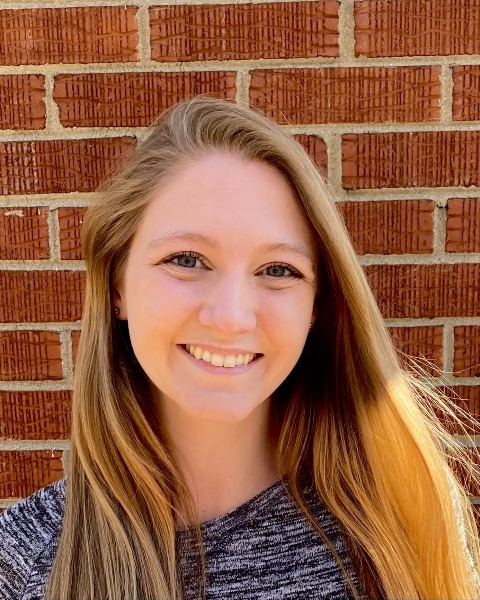Public Health & Prevention
Session: Public Health & Prevention 1
198 - Assessing Pediatric Resident Attitudes, Knowledge, and Barriers Regarding Involvement in School-Based Wellness Advocacy
Saturday, May 4, 2024
3:30 PM - 6:00 PM ET
Poster Number: 198
Publication Number: 198.1465
Publication Number: 198.1465

Sarah W. Olson, MD (she/her/hers)
Pediatric Resident, PGY-3
Medical University of South Carolina College of Medicine
Charleston, South Carolina, United States
Presenting Author(s)
Background: Direct clinical care accounts for less than 20% of modifiable contributors to health outcomes in the population. The American Academy of Pediatrics (AAP) recommends that physicians join school wellness committees to advocate for healthy lifestyles in schools. However, many physicians report lacking the knowledge or skills to volunteer as school wellness advocates.
Objective: To assess pediatric resident attitudes and knowledge regarding school-based wellness advocacy. Also, to identify barriers preventing resident participation in these efforts and facilitators that could improve involvement.
Design/Methods: A Likert-style knowledge, attitudes, and practices survey was developed based on standards in school-based wellness and published literature. It included items identifying facilitators and barriers to physician involvement in local schools. This survey was distributed to pediatric residents electronically via e-mail and was promoted at existing didactic sessions with a QR code. This study was approved by the IRB as quality improvement.
Results: Twenty-eight of sixty-six pediatric residents (42%) completed the survey. All residents (100%) agreed or strongly agreed that it is important for physicians to work with local schools to identify wellness needs; however, only 14% reported knowing the health needs of their local school community. Similarly, 95% of residents agreed or strongly agreed that it is important to build trusting relationships with leaders in school communities, but only 25% reported having the knowledge to do so. While 100% of residents felt that having access to community resources was important for success in school wellness initiatives, only 29% could identify those resources. Barriers to involvement in school wellness advocacy included lack of time (86%), feeling overwhelmed (75%), unclear expectations (43%), and lack of knowledge/training (39%). Facilitators to involvement included support from the residency program (93%), seeing successful collaboration with school wellness committees (56%), and further education regarding residents’ roles in the school (56%).
Conclusion(s): Pediatric residents surveyed believe in the importance of participating in school-based wellness advocacy but lack sufficient knowledge on how to implement these initiatives in local schools. From these findings, multiple barriers to participation will be addressed through collaboration with the residency program, implementation of targeted curriculum, and facilitating connections in local schools through an established school wellness initiative.
